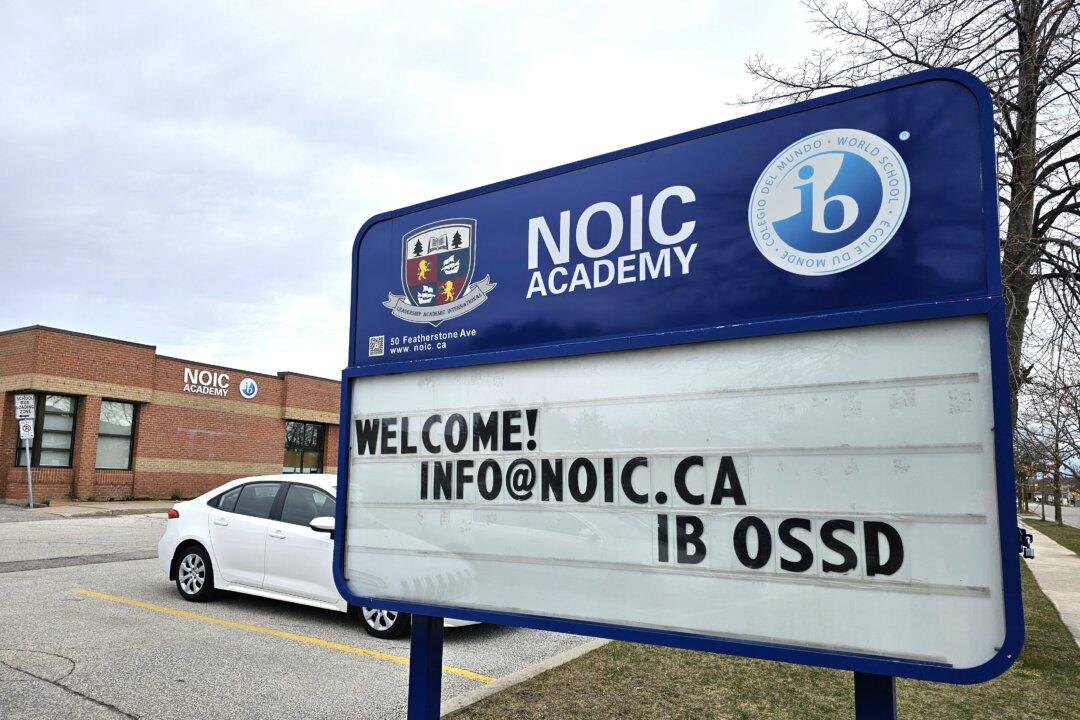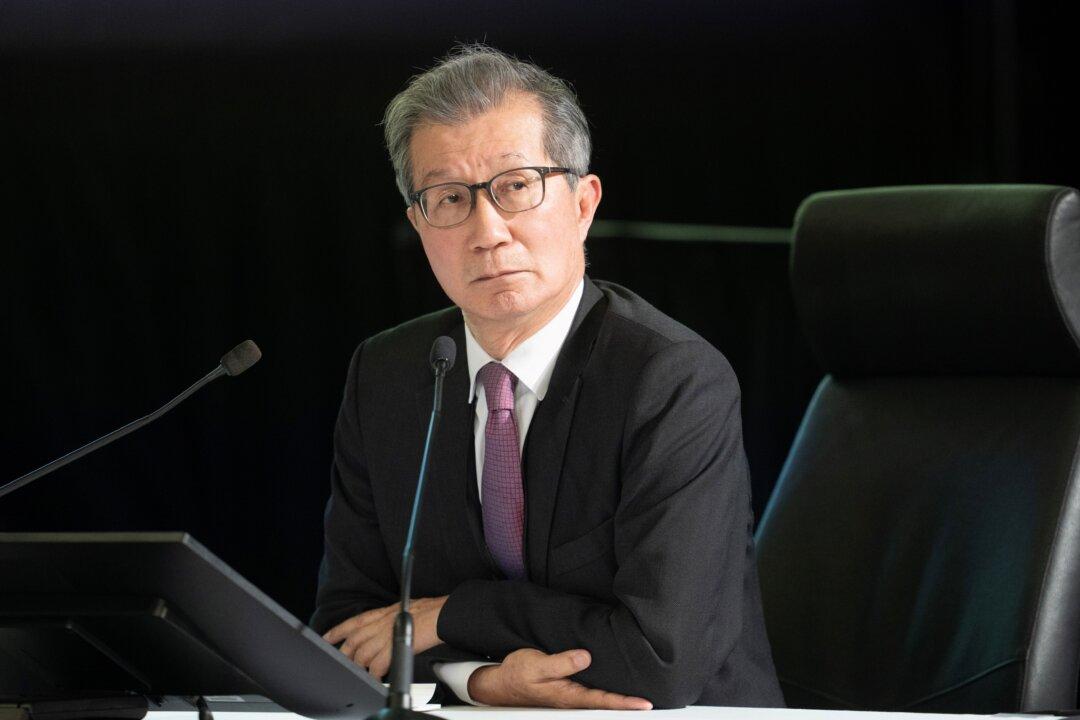EDMONTON—Alberta is looking into the so-called liberation therapy, a controversial multiple sclerosis treatment that involves unblocking veins leading to the brain, says Alberta health minister Gene Zwozdesky.
Provincial and federal governments have been under pressure to provide the treatment, developed by Italian researcher Dr. Paolo Zamboni, which draws a relationship between chronic cerebrospinal venous insufficiency (CCSVI) and MS.
Last week, Saskatchewan became the first Canadian province to devote funding for clinical trials of the new procedure.
Some Canadian MS patients have paid out of their own pockets to have the procedure done in countries such as Poland, Bulgaria, and India. Now many who suffer with the disease are asking that the treatment be provided as part of health care in Canada.
Zwozdesky says he has heard testimonies from MS sufferers who have had the procedure done in Eastern Europe with great results. However, before doctors can start providing the treatment, further research and clinical trials are needed.
“Testimonies are wonderful things because the patients can tell you how great they feel and how suddenly they are able to move their toes and their fingers, they’re able to raise their arms above their shoulders, things like that, but those are not clinical trials,” says Zwozdesky.
Alberta is looking into the so-called liberation therapy to treat MS, says Alberta health minister Gene Zwozdesky.
“I was very happy for the testimonials that we were given, but what we’re waiting for is for Health Canada to conclude some meetings that they are having, some research that is happening at the national and the international level that would provide more of the clinical evidence that is required.”
Zwozdesky says he has formed a working committee comprised of various concerned bodies including different ministries and representatives from medical societies to review all the current programs and services related to MS sufferers in the province, as well as looking into new developments and procedures including the therapy developed by Dr. Zamboni.
The province has also provided $200,000 in funds to a University of Calgary researcher who is studying the link between CCSVI and MS.
Last month, the MS Society of Canada and the U.S. National MS Society announced that they have collectively committed $2.4 million to support research on the new therapy within North America.
“These new studies are necessary because we don’t yet know whether, or if so how, CCSVI contributes to MS disease activity,” says a news release from the society.
The society is asking the federal government to commit to $10 million in funding for CCSVI and MS research.
Two independent studies by German and Swedish researchers published Monday in Annals of Neurology offer the first negative medical evidence on any significant links between CCSVI and MS.
“These two papers should add a note of caution for MS patients and physicians who are contemplating interventions for possible venous abnormalities based on the findings of Zamboni,” said Dr. Stephen L. Hauser in a news release.
Hauser is the Robert A. Fishman Distinguished Professor and chair of the Department of Neurology at the University of California, San Francisco, and editor-in-chief of the Annals of Neurology.
MS is a disease of the central nervous system often resulting in disability. It is usually diagnosed between the ages of 15 to 40, and is three times more likely to occur in women than men, according to the MS Society of Canada.
The 2008 MS Atlas compiled by the MS International Federation shows that Canada has one of the highest rates of MS in the world. The prevalence of the disease is highest in the Atlantic and Prairie provinces, according to a 2005 University of Calgary study.
With reporting by Joan Delaney




